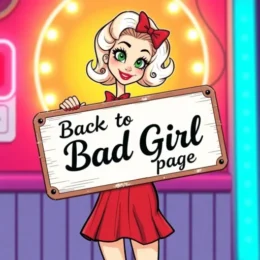BEHIND THE SCENES
Chapter 5
This chapter is all about the function of a safeword within their relationship. Whether it is the Master who is using the safeword to set boundaries for himself, or it’s about the use of the safeword to separate consent and abuse. On this page, I explain the significance of the safeword for all of you who are not familiar with the do’s and don’ts about the use of them in the community.
A safeword is a crucial tool in power exchange dynamics, particularly within BDSM and other consensual authority-based relationships. It serves as a clear, unambiguous signal that overrides any ongoing scene, dynamic, or activity, ensuring the safety and well-being of all parties involved.
Significance of a Safeword in Power Exchange
- Consent & Control
- While power exchange often involves one partner assuming a dominant role and the other a submissive role, consent remains paramount.
- A safeword allows the submissive partner (or any participant) to instantly revoke consent if they reach a physical or emotional limit.
- Differentiating Play from Reality
- Many BDSM scenes involve roleplay, including resistance, begging, or saying “no” as part of the dynamic.
- A safeword provides a clear and undeniable stop signal that is separate from in-scene dialogue, preventing misunderstandings.
- Psychological & Emotional Safety
- Even in well-negotiated scenes, emotions can shift unexpectedly. A safeword gives participants a way to halt activities before discomfort escalates into harm.
- It fosters trust, as both partners know they can stop at any time without judgment.
- Physical Safety
- Power exchange often involves activities that may push physical boundaries (such as bondage, impact play, or sensory deprivation).
- A safeword ensures that if someone experiences pain beyond their tolerance, medical distress, or unexpected discomfort, they can immediately signal a stop.
Common Safeword Systems
- Unique Words – Many people choose a distinct word (e.g., “Pineapple” or “Red Balloon”) to avoid confusion with in-scene language.
- Traffic Light System (the system Koen is using):
- Green – “I’m good, keep going.”
- Yellow – “Slow down, check in, adjust.”
- Red – “Stop immediately.”
- Non-Verbal Safewords – In cases where a person may be gagged or unable to speak, pre-agreed hand signals or a dropped object (like a ball) serve as non-verbal safewords (as discussed in “Good Girl”).
The Power of a Safeword in Trust-Building
Far from being a weakness, a safeword enhances power exchange by proving that control is not about coercion but about mutual respect and communication. Knowing that a safeword will be honoured deepens trust, allowing participants to explore power dynamics more freely, safely, and responsibly.
And that, my friends, was exactly the problem Koen was having in this chapter. He may have exceeded his limits to prove his point.


Comments